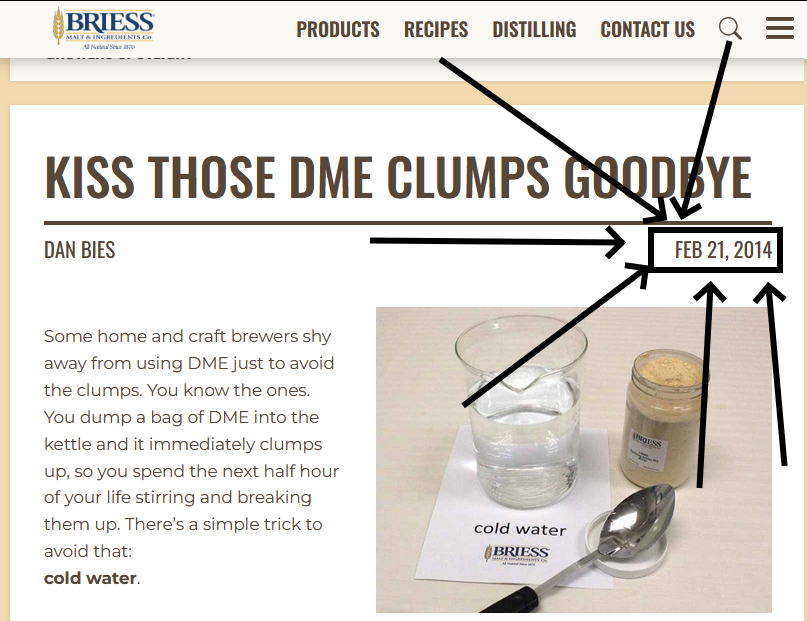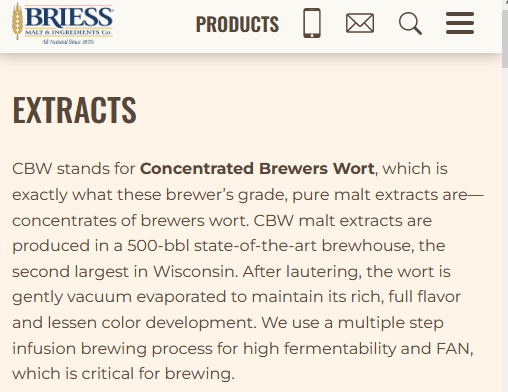Zoltan
Active Member
I like to add 3lb DME at the beginning of the boil and 6lb at the end, but am finding it difficult to dissolve the stuff. It turns into a big stiff lump that needs to be prodded and smashed and stirred, and it's quite a chore to get it to dissolve. Am I doing something wrong? Or am I over-worrying it--will it dissolve on its own if I leave it alone? I especially would like to turn the heat off at the end and just let it dissolve. I've been stirring and bringing it back to the boil, but I think I'm getting more darkening of the wort than I want.
























![Craft A Brew - Safale BE-256 Yeast - Fermentis - Belgian Ale Dry Yeast - For Belgian & Strong Ales - Ingredients for Home Brewing - Beer Making Supplies - [3 Pack]](https://m.media-amazon.com/images/I/51bcKEwQmWL._SL500_.jpg)



































